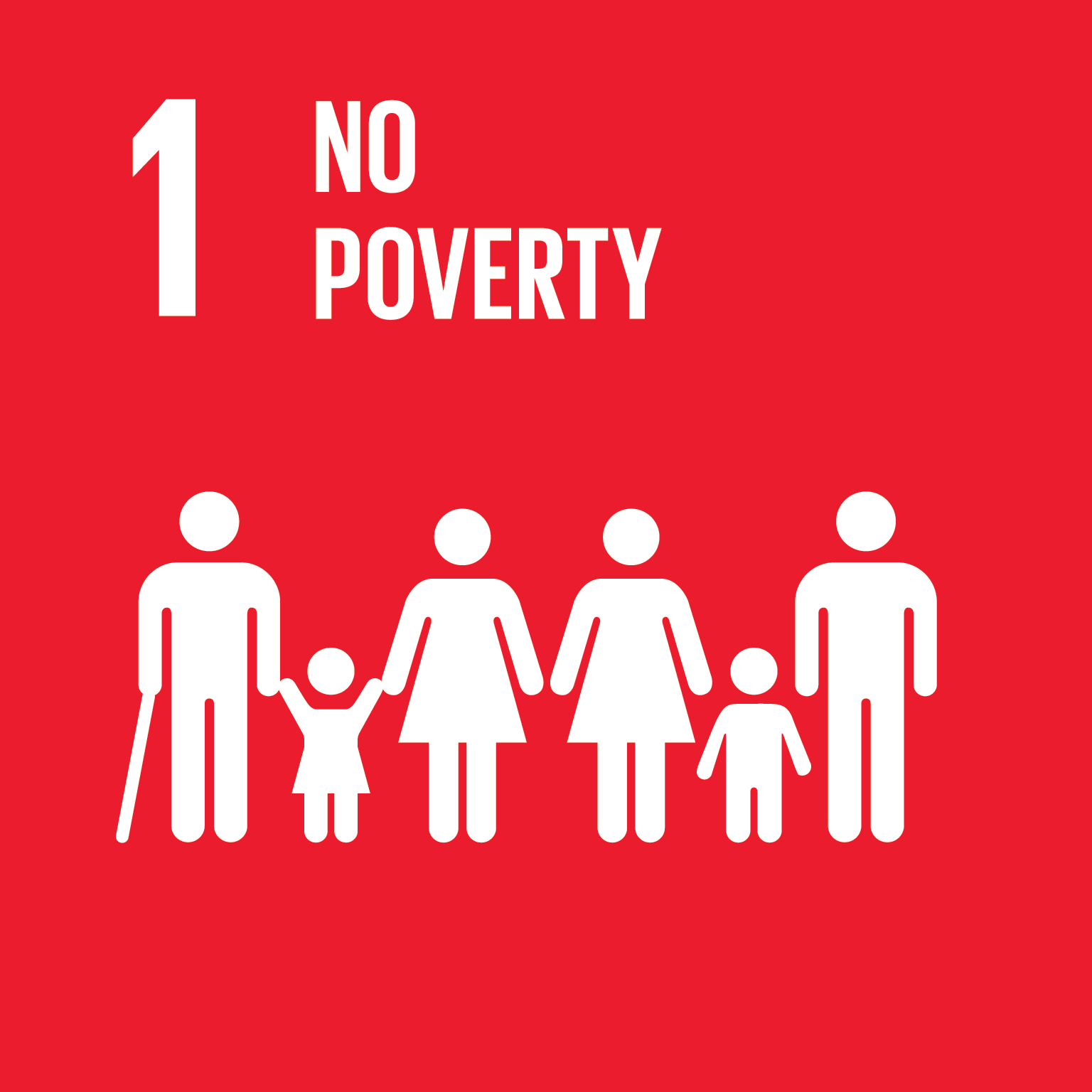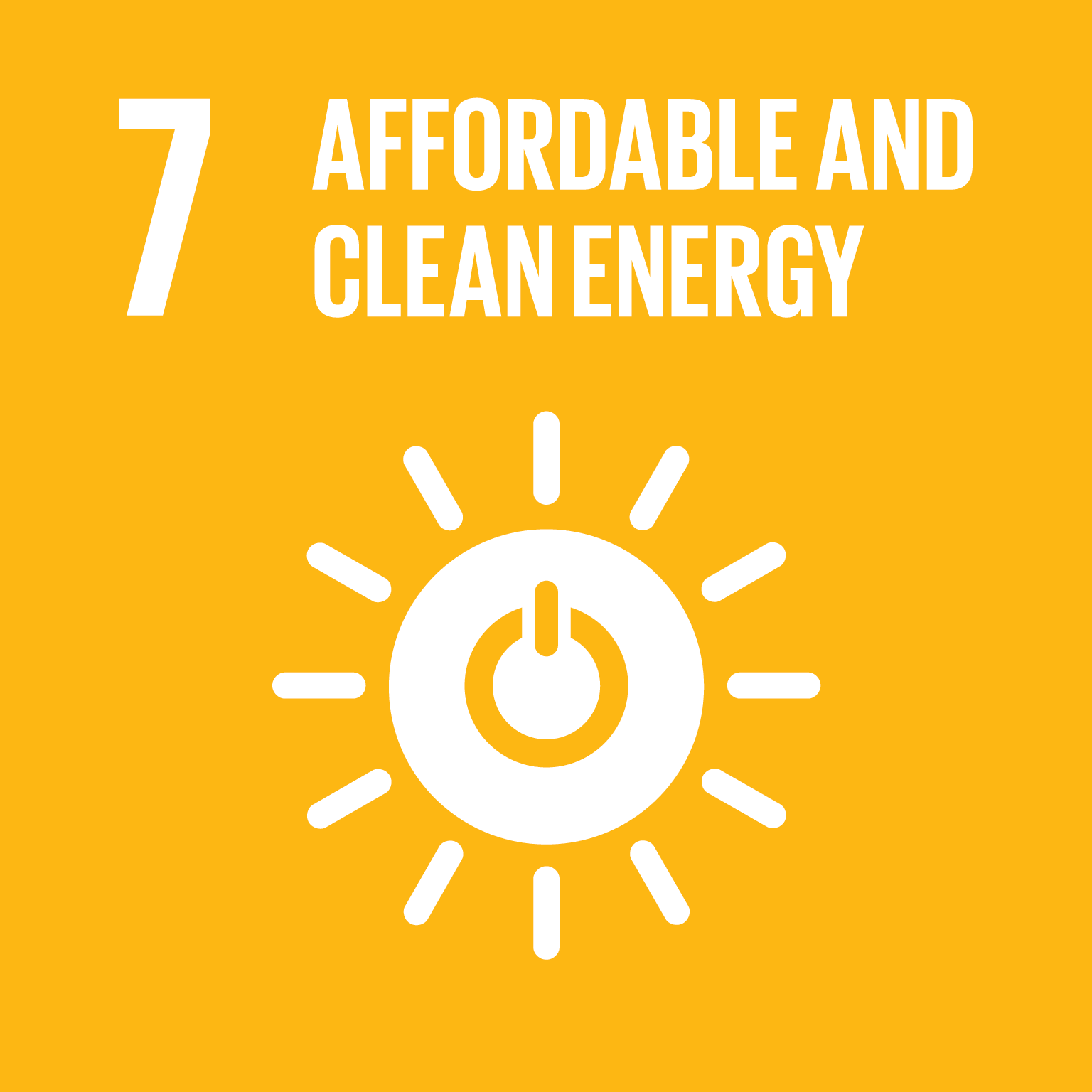The problem that we were required to solve was that many buildings weren’t strong enough to withstand earthquakes as seen with the 2015 Nepal earthquake that destroyed many homes and were struggled to be rebuilt in the aftermath as in 2 years only 5% of the homes had been rebuilt. Our task was to build a scale model structure that could withstand a major earthquake that would be simulated through a shake table. When building we were required to use the design thinking process which started off with a 50min design sprint where we had to build and plan the structure in the set time that would fit all requirements. We had a $60 budget and our structure would be made out of spaghetti ($1/stick) and blutack ($1/g). Our next step was to research and brainstorm potential designs and different structural supports that we improve our design. We then constructed our structure which wasn’t very structurally supportive and didn’t have any room in the budget which is why we then started a new structure that actually turned out quite well. It was then put on the shake table where it survived and was destroyed after a 100g weight was added.


Some changes that I would’ve done in terms of the process in the future is to maybe spend the time planning our design a lot better and looking at many potential different designs that are much stronger in terms of the structural supports. Reasons why I would improve the ideating stage is because our original design that we were planning to do was not very strong in terms of structural supports which affected our whole structure as it couldn’t generally hold itself up. Looking back now we should’ve looked at multiple potential designs that are slightly different but still had the same concepts with cross braces, equal distribution and triangles as they’re the things that supported the structure the best. In terms of collaboration it definitely had its flaws as our communication wasn’t the best in terms of what our individual jobs were as we couldn’t all build at the same time as we’d get in each others way. Although we also all had our strengths as Paula was good at the ideating stage, while Kate was the one who did most of the problem solving while I did most of the prepping for the build.
It was a highly enjoyable project that helped us connect to real world problems while collaborating with others





























